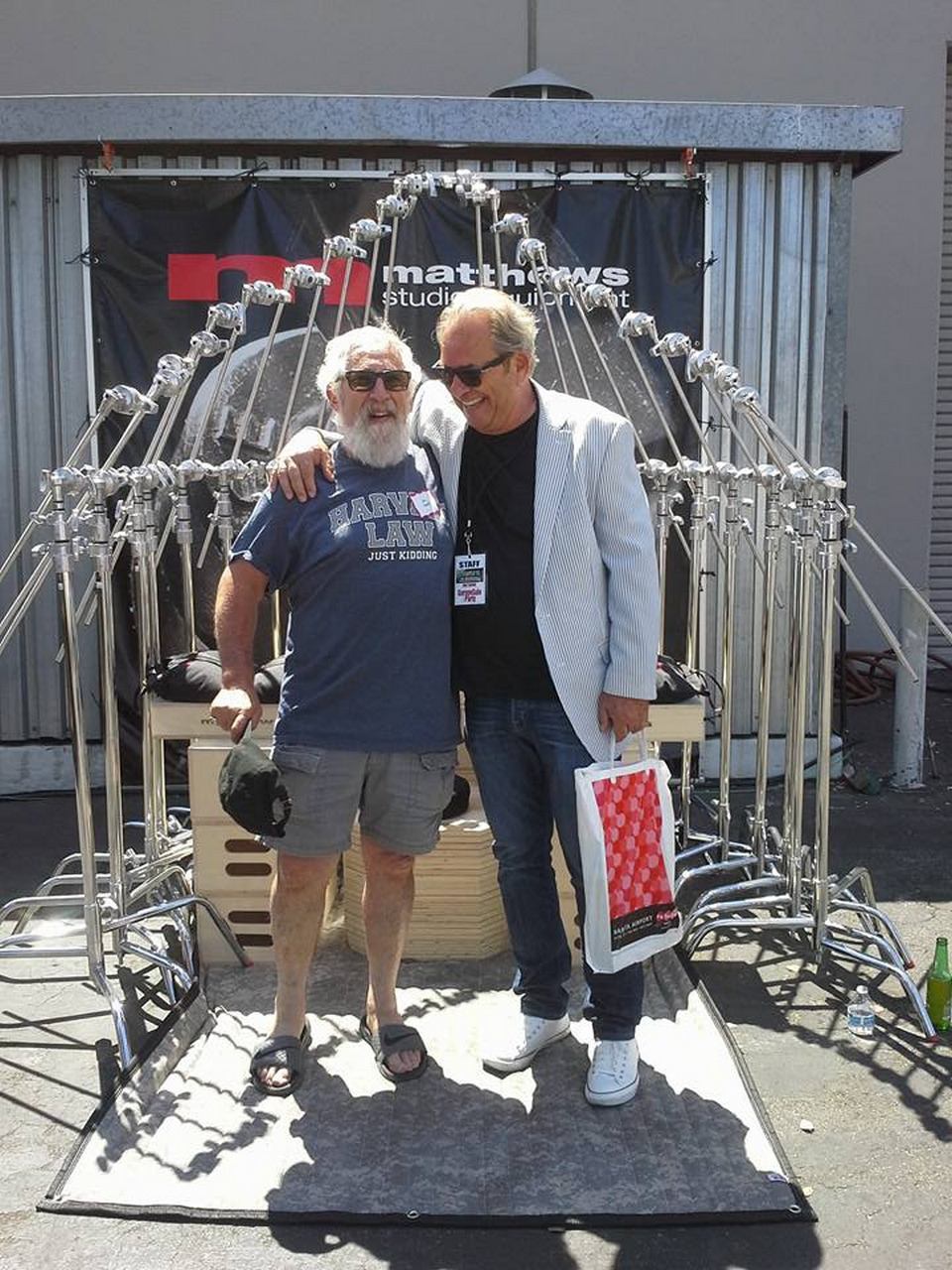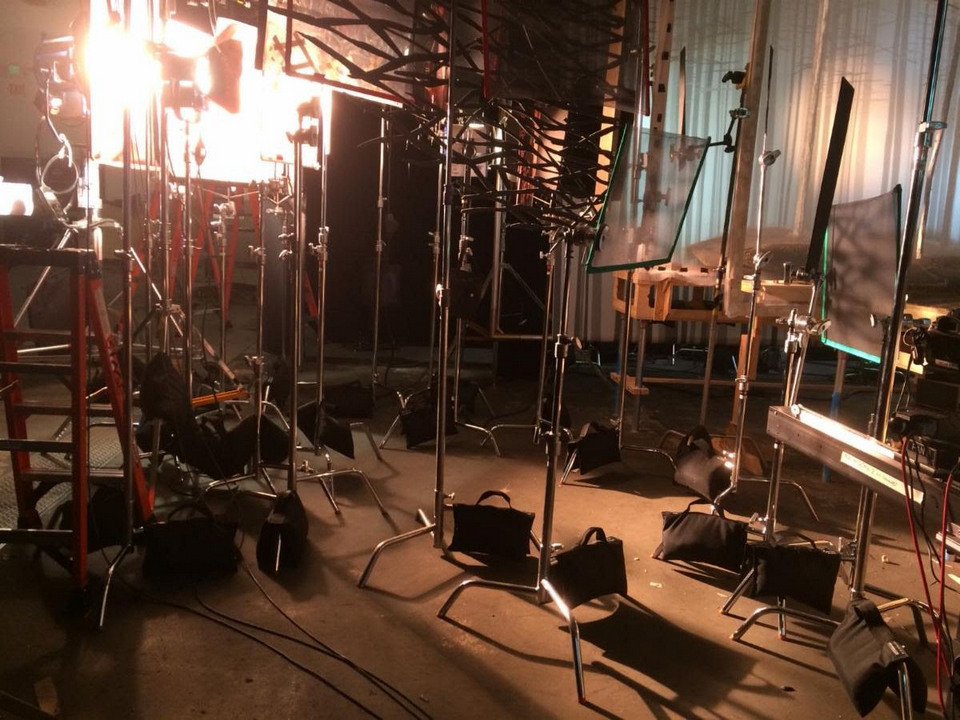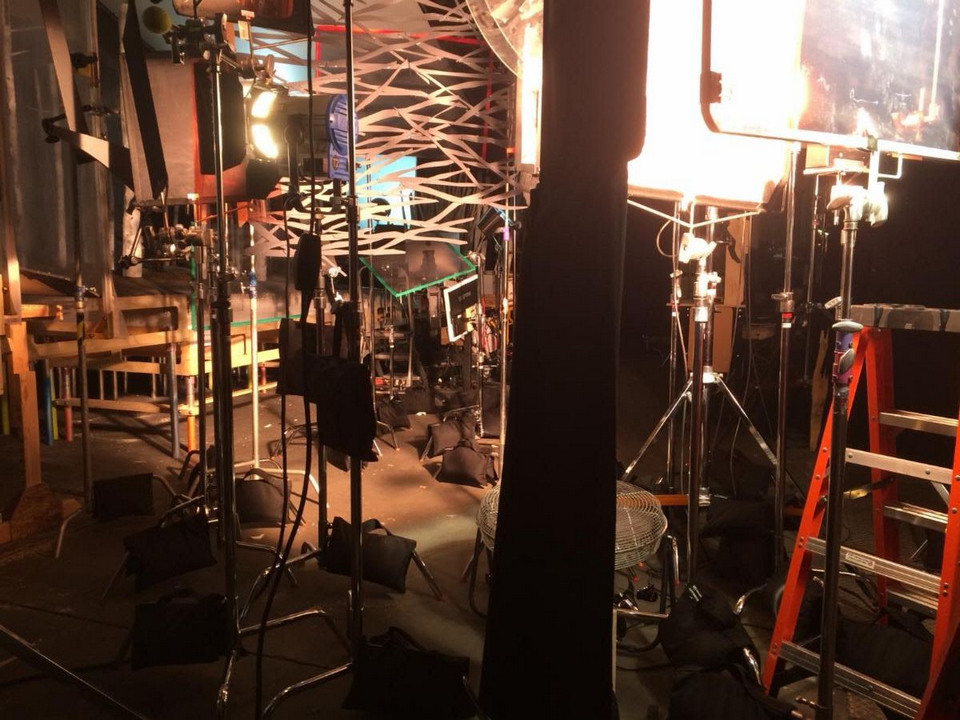
Jonathan Woolf, an industry veteran with over half a century of experience in motion pictures, played a pivotal role in securing the essential gear for Guillermo Del Toro’s acclaimed film, “Pinocchio”.
Woolf’s impressive resume includes key grip duties for the miniatures unit on Peter Jackson’s “Lord of the Rings Trilogy” and serving as a lighting technician on the 2022 Oscar-winning film, “Guillermo Del Toro’s Pinocchio.” His primary responsibility on “Pinocchio” was to source and maintain reliable equipment to withstand nearly three years of production.
Working on sets involving small-scale models and stop motion animation demands unwavering stability and precision. Pre-production for “Guillermo Del Toro’s Pinocchio” commenced in late 2019, with the expectation of an extended production timeline. However, the onset of the COVID-19 pandemic disrupted schedules across the film industry. Woolf recalls, “COVID had hit, and they had to work out a protocol to continue working safely.”
Given the project’s prolonged duration, the decision was made to purchase equipment rather than renting due to supply chain challenges. Woolf elaborates, “Due to supply chain issues, people were struggling to buy six, let alone hundreds of C-stands at that time.” To support this award-winning production, the studio relied on over 500 Matthews stands, including C-Stands, Hi Rollers, Hihi Rollers, and Mombo Combos, along with a wide array of grip accessories like grip heads, apple boxes, flags, scrims, arms, clamps, and other hardware. Woolf’s choice of Matthews was driven by their ability to provide high-quality equipment in the required quantity, emphasizing the critical need for precision, particularly in the realm of stop motion animation and motion control.
 “Guillermo Del Toro’s Pinocchio” extensively employed motion control technology to achieve precise camera movements. Woolf emphasizes, “People who haven’t been around grips in general, and specifically grips working with motion control, don’t realize how creative you have to be to support things and keep them rigid.” The film’s camera movements, lighting adjustments, and grip maneuvers were all orchestrated using specialized motion control technology to maintain synchronization. Woolf offers an example of the complexity involved, such as simulating cloud shadows on an expansive set, which required precise synchronization between the cloud movement and other elements. To achieve this, intricate rigging, including counterweights, was essential.
“Guillermo Del Toro’s Pinocchio” extensively employed motion control technology to achieve precise camera movements. Woolf emphasizes, “People who haven’t been around grips in general, and specifically grips working with motion control, don’t realize how creative you have to be to support things and keep them rigid.” The film’s camera movements, lighting adjustments, and grip maneuvers were all orchestrated using specialized motion control technology to maintain synchronization. Woolf offers an example of the complexity involved, such as simulating cloud shadows on an expansive set, which required precise synchronization between the cloud movement and other elements. To achieve this, intricate rigging, including counterweights, was essential.
Stability was not limited to equipment alone; it extended to the very stages housing the production. Woolf explains, “Sets sometimes have to be bolted to concrete and even have to account for temperature control in the room because if you build a wooden stage, and you have a hot day, suddenly you don’t have characters lining up.” The Pinocchio grip team took extraordinary measures to prevent accidental movement, even resorting to hot gluing C-Stands to the concrete on the stages.

Woolf emphasizes the unique challenges posed by working with miniature sets and animators who require stable access. To address this, catwalks were rigged to allow crew members to access the set without disturbing its rigidity.
In reflecting on his contribution to the film, Woolf credits his role in connecting the production with Matthews and securing top-notch equipment. He notes that nothing was returned due to faults, and equipment performed flawlessly throughout the production, a testament to both the equipment’s quality and the dedication of the crew.

“Guillermo Del Toro’s Pinocchio” received numerous accolades, including an Academy Award for Best Animated Feature at the 2023 Oscars, in addition to Golden Globe and Annie Awards. The film is now available for streaming on Netflix.









